#research
Chapters and interviews tagged with ‘#research’
Related Book Chapters & Interviews
It’s hard but rewarding work. Your happiness and satisfaction will largely be a result of your expectations. Expect and plan for slow and steady growth, and be pleasantly surprised if your business grows more quickly.
You only get one chance to make a first impression, and with software it’s a fleetingly brief chance. Make sure you focus on the customer’s success and help them get started with your software.
Like sales, marketing is a fundamental but often overlooked aspect of building a business. There are countless forms of marketing, and many of them aren’t even sleazy. Don’t do yourself a disservice. Understand and appreciate what marketing can do for your business.
Once things get rolling, prioritization will haunt you. How do you know you’re working on the right thing when you have endless choices? Development? Design? Writing? Research? Support? Help documents? Marketing? Refactoring? Performance? Security? It’s difficult, so you absolutely need a framework to help you make the right decisions.
Nothing can lead you in the right direction better than spending time with customers and striving to understand their problems and challenges. In the early days, no investment will pay off more than time spent understanding your customers’ needs.
Support is a reactive approach to helping your customers. These days, you want to be more proactive. And you absolutely want to help customers in the places and media they’re comfortable with. Scale carefully, but always go out of your way to give great support and learn from your customer requests.
You may have asked friends, family, or strangers if they would use your product. You may even have asked if they’d pay for it. But until you ask them to enter credit card information, any assurances they gave you are worthless.
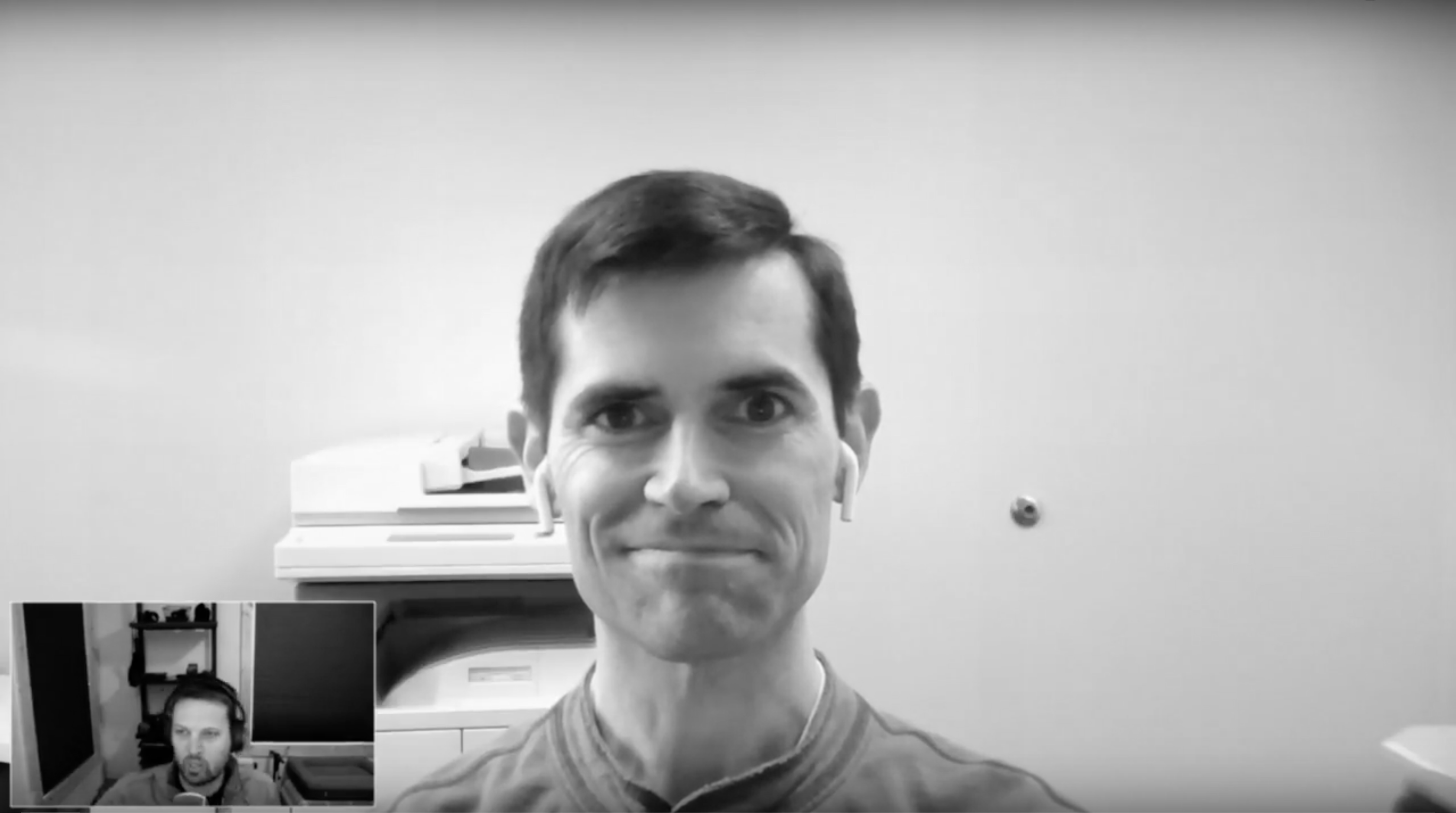 Interview № 20 of 24
Ben Curtis
Interview № 20 of 24
Ben Curtis
Ben and his co-founders started Honeybadger after a bad experience with an existing exception tracking tool. With a focus on customer service, they’ve successfully bootstrapped it into a healthy and sustainable full-time endeavor.
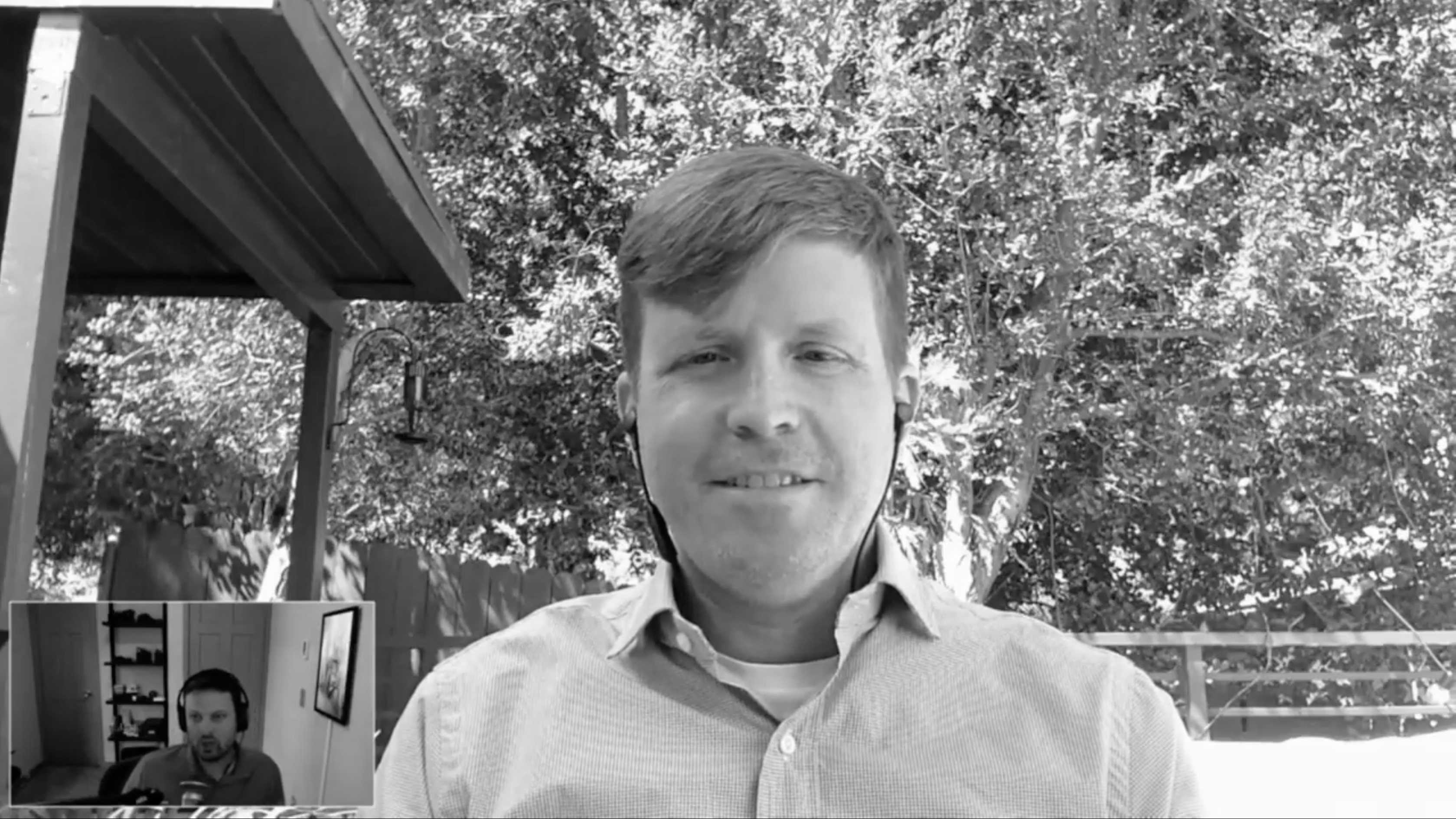 Interview № 19 of 24
Scott Nixon
Interview № 19 of 24
Scott Nixon
Scott Nixon is the co-founder of Meal Mentor, a subscription-based vegeterian meal planning service. Scott handles the technology side of the business and works to keep the operational side of things humming with software.
 Interview № 18 of 24
Matt Goldman
Interview № 18 of 24
Matt Goldman
Matt and I talk about running a SaaS business after acquiring it, the mistakes they made early after taking over Churn Buster, and the common ways that SaaS businesses get dunning wrong and how they can do better. We also talk about the value of iteratively improving automation for tasks and how important it is to clearly document and explain manual process.
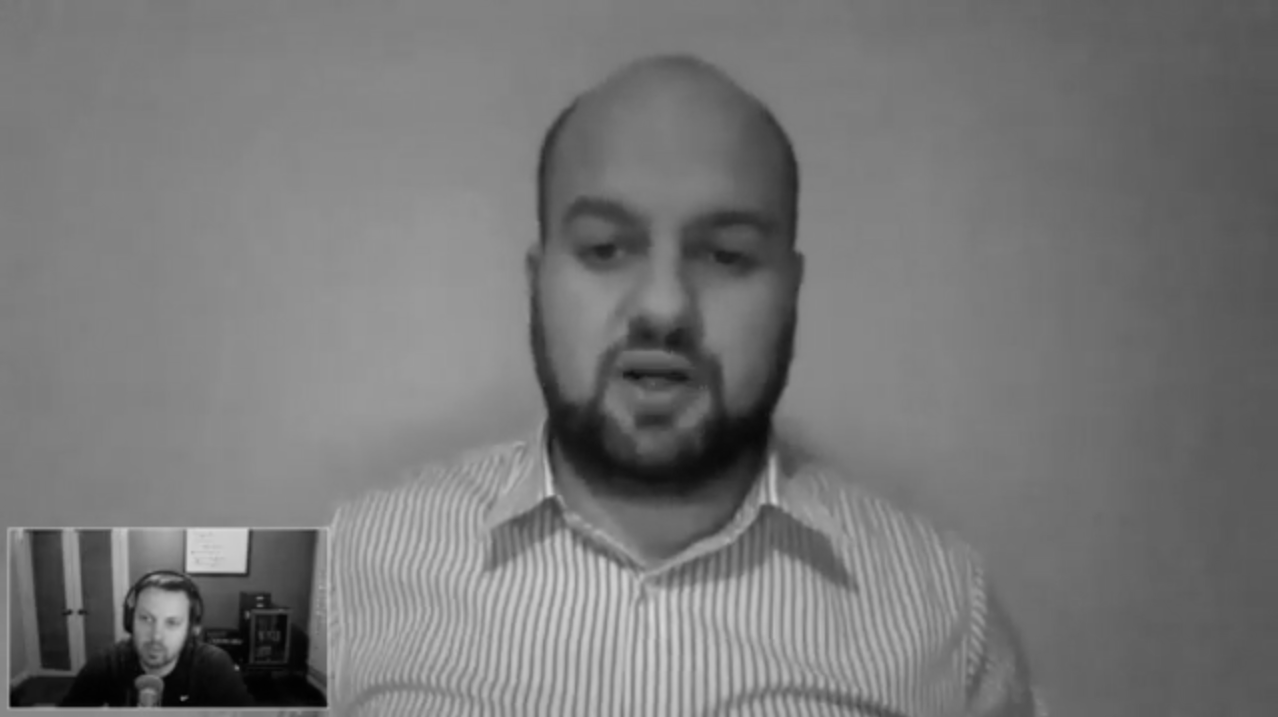 Interview № 14 of 24
Thomas Smale
Interview № 14 of 24
Thomas Smale
Recently I sat down this Thomas Smale of FE International. Thomas and FE International helped me sell Sifter and made the whole process seem easy. After selling so many online businesses, FE International has the process down to a science, and they’ve been able to pick up on quite a few trends. So Thomas takes some time to share what they’ve seen and what matters when it comes to buying or selling an online business.
 Interview № 13 of 24
Nathan Barry
Interview № 13 of 24
Nathan Barry
Nathan and I talk about the early days of ConvertKit, reaching a point where he had to make a decision to invest more significantly in it or walk away. He invested a significant portion of his income from other projects and really doubled down to make it work long before it was obvious things were going to take off. He talks about his sales process and how it simultaneously helped him better understand the needs of potential customers as well as build a relationship and find his first customers.
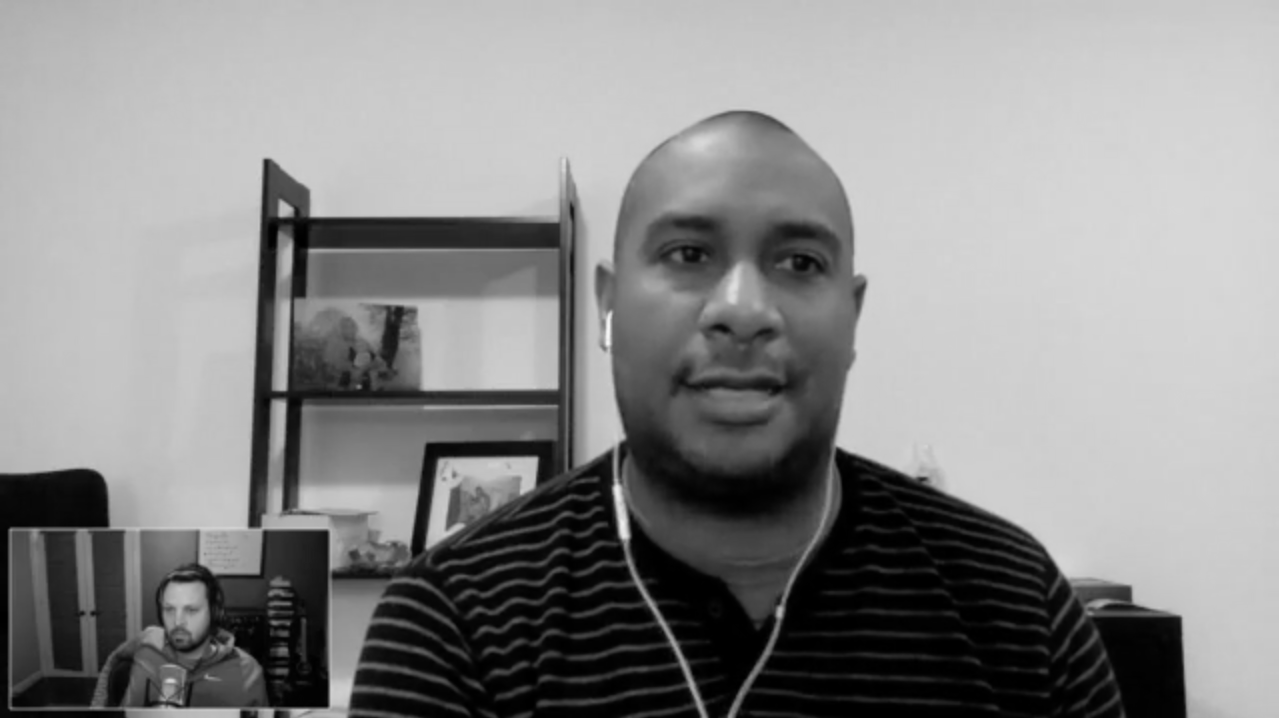 Interview № 11 of 24
Ruben Gamez
Interview № 11 of 24
Ruben Gamez
Ruben’s story with Bidsketch is a great example of how a simple small business can grow into something healthy sustainable on a reasonable timeline. He started out simply with very little in the way of expectations, and bootstrapped the business to profitability it on the side of a full-time job and now manages a remote team of four additional people. We talk about the challenges of growing and managing a remote team as an introvert, the process of recovering after he accidentally deleted all of the customer billing data, and much more.
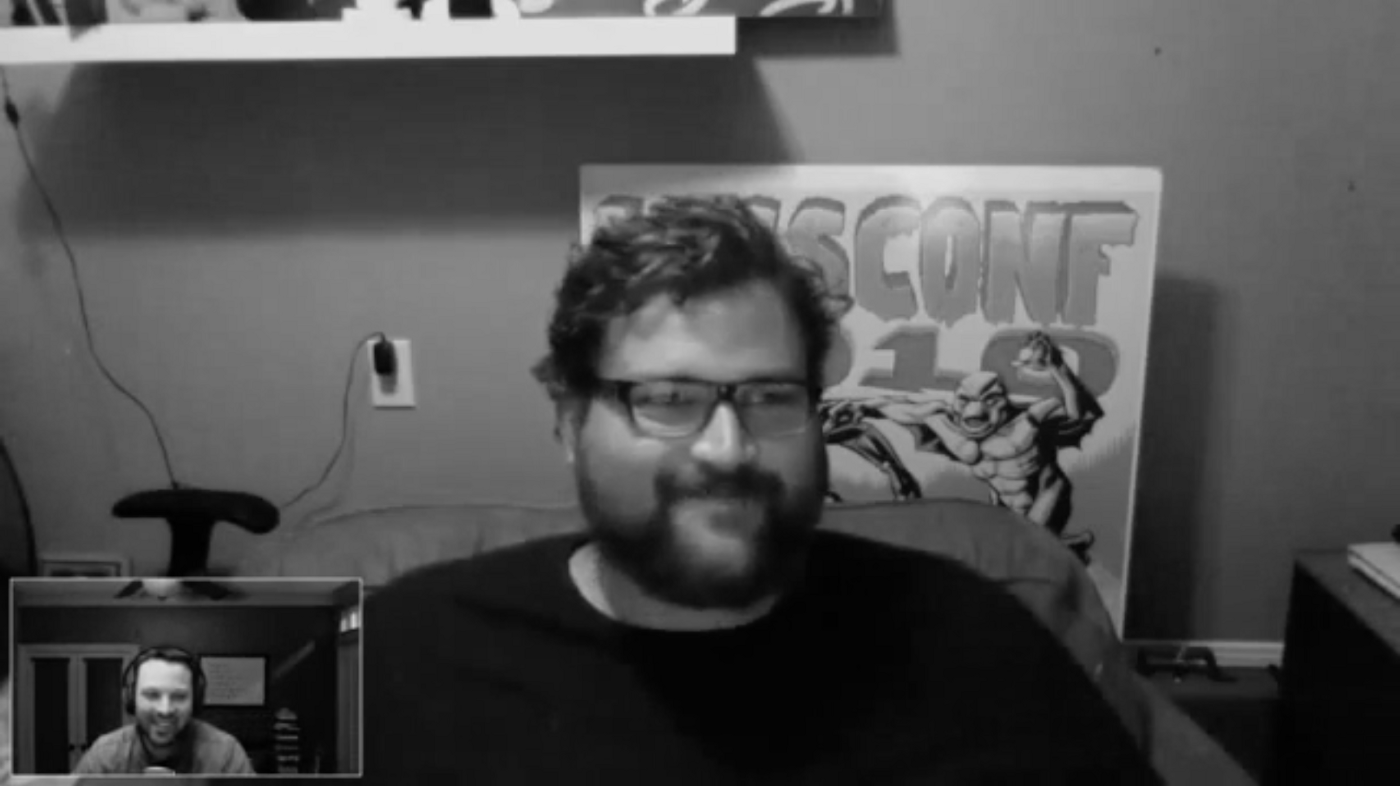 Interview № 10 of 24
Allan Branch
Interview № 10 of 24
Allan Branch
During a time when seemingly everyone is trying to build a product and move away from consulting, Allan is doing just the opposite and moving from SaaS and recurring revenue back to good old-fashioned consulting. We talk a little about the process of selling LessAccounting, the ups downs of trying to grow a SaaS application, and some ways to take a step back and make sure that you’re working on things you’re passionate about.
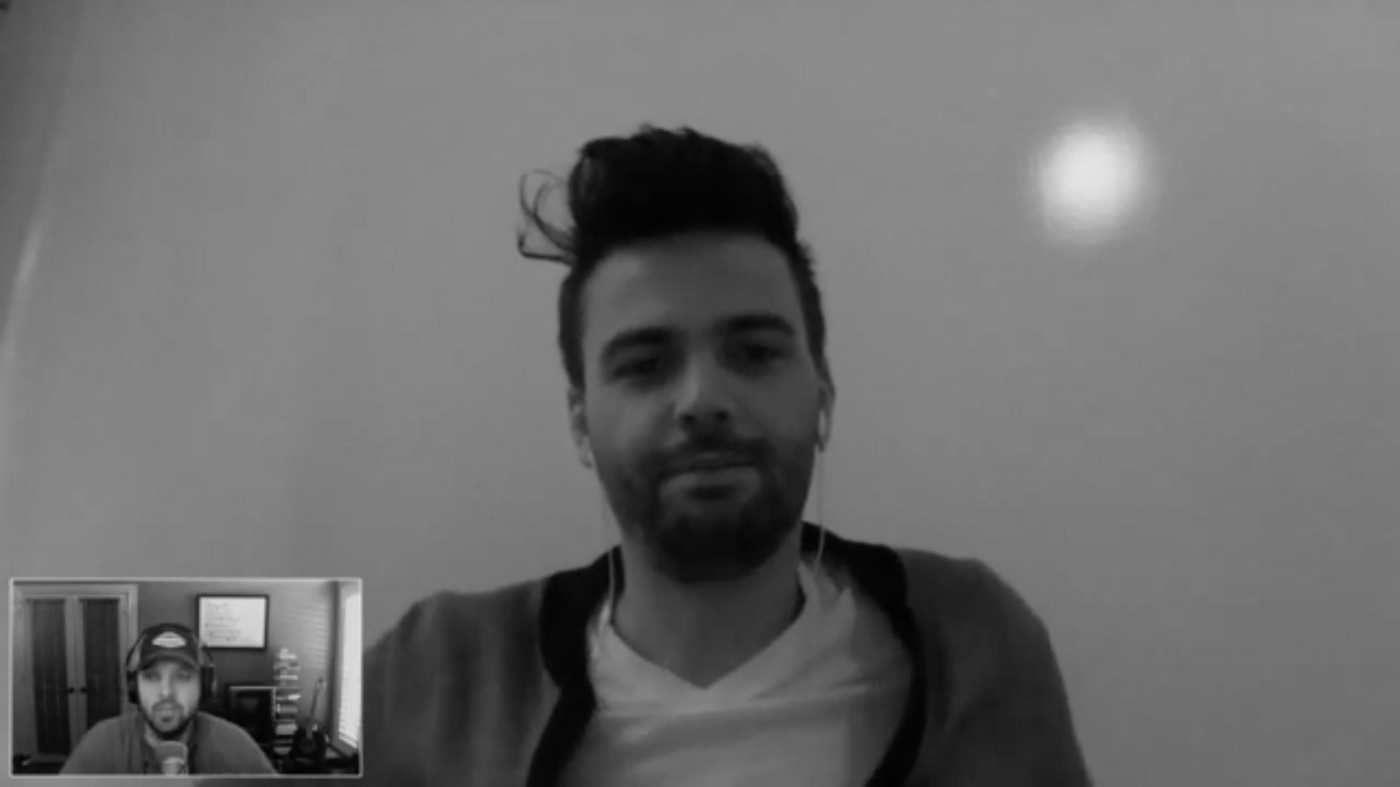 Interview № 5 of 24
Tyler Rooney
Interview № 5 of 24
Tyler Rooney
Format had seven people on the payroll before Tyler even got paid. We talk about bootstrapping in Canada, the amazing story of how they acquired the Format.com domain name, and what it’s like transitioning from a survival mentality to a growth mentality as a business grows.
 Interview № 4 of 24
Peldi
Interview № 4 of 24
Peldi
Peldi and I talk about moving from California to Italy to lower his cost of living to start a company, juggling different delivery formats for software (and the associated payments challenges), giving amazing support, and bending over backwards to help customers. While he originally didn’t want to grow the business beyond himself, Balsamiq is now a team of 23 people based all around the world.
 Interview № 2 of 24
Anthony Eden
Interview № 2 of 24
Anthony Eden
Anthony built dnsimple on the side and didn’t come on board full-time until after there were two other full-time employees. We discussed some of the advantages and disadvantages of running a complex infrastructure product, marketing a complicated business with comics, and fighting domain fraud through it all.
 Be Fully-prepared to Launch Your Own SaaS Application
Be Fully-prepared to Launch Your Own SaaS Application
Get a free playbook, worksheet, and short email course to help you navigate the journey so you can be ready to build your own SaaS application.